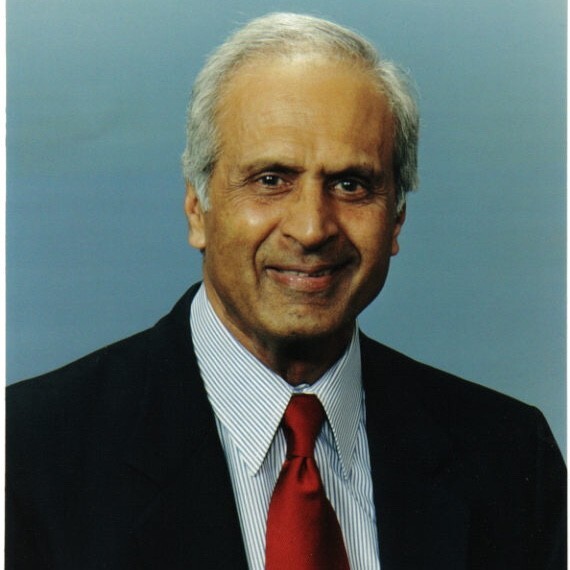Inquire
How to Blow and Perfectly Good Introduction?!

By Dilip Saraf
I routinely get requests from my clients to connect them with inside contacts with companies, where they want to pursue new opportunities. I have an extensive contact list on my LinkedIn Profile and many of these contacts are my clients. So, when one client requests an introduction to someone at a company they want to pursue, I make sure that the connection is relevant to their targeting (e.g., I’ll introduce a VP of Marketing to someone looking for a Product Marketing role in their company, etc.). Because I maintain ongoing relationships with my clients the response rate to my Introduction requests is high and I’d like to keep it that way and protect my brand.
Sometimes, though, this does not work out so well. In a recent case of a senior-level manager, who wanted to be introduced to my client—Jim—in a company she was targeting, I followed up with her after a few weeks asking if he had heard from Jim at ABC. She said, no and went on to say that she had followed up many times after my LinkedIn Intro to him to no avail. Curious, I asked her to send me the first follow-up email she had sent to Jim, just a day after my introduction. Here is a modified version of that email (the version is modified to protect the innocent, but to maintain its original spirit and to make a point):
“Jim,
I’m so glad that Dilip introduced me to you through LinkedIn. I am very interested in the Controller job and I have many questions about that job and the company. Since you do not directly work in Finance, I wonder if you can research the following and meet me for lunch at your earliest convenience; this job has been posted for over three weeks now:
- Why are they looking for a Controller since I see they already have one?
- I recently read that there is an ongoing SEC investigation about insider trading by some C-level executives. Is this going to create a problem for me?
- What insights can you give me about the incumbent and why is she being replaced?
- What is her boss (CFO) like? I have heard some negative things about him in the media. Are they true?
- I have a small baby and I prefer to telecommute at least two days a week. Can you help me with this arrangement?
- I have many other questions that I want to bring up after we meet, so I’ll hold them off for now. Dilip has told me how busy you are and how limited your time is, so I am going to stop here.
Please let me know where and when we can meet for lunch!”
After I read this email, I was dumbfounded and was not surprised why Jim not only not respond to her, but ignored her subsequent follow-up requests as well. After recoiling from this experience, I immediately sent an email to Jim asking for his forgiveness for this transgression and promising him that I’d do something to prevent this from happening again with my future introductions to him and to others (now I have introduction guidelines for all my clients).
So, what should have my client done to follow-up properly, so that she had a better chance of getting Jim to respond to my request and her need? Here is an alternate follow-up email script that has a better chance of a response from Jim. I am sure that there are other equally tenable scripts:
“Jim,
I am glad that Dilip forwarded you my Introduction request. Thanks, too, for connecting with me on LinkedIn. As I mentioned in my request to him I am looking to pursue the Controller opening at ABC. Since you have been at ABC for a few years and work closely with the Finance department I thought you might be able to give me some general insights about the job and what it would take for me to qualify for it. I meet all the job requirements described in the posting. If there is a referral bonus for this position I’d certainly be interested in your claiming it. I know how busy you are, so I promise you not to take more than just a few minutes of your time on the phone. If you have any other ways we can connect I’d be happy to respond, too.
Thanks again!”
With this message of follow-up I cannot guarantee that Jim would respond in kind, but I can guarantee that Jim or anyone else definitely would not respond to the original follow-up note my had client sent. In that single thoughtless message my client not only scuttled her chances for a positive response from Jim, she also compromised my relationship with him. In the revised message there is a “referral bonus” hook to Jim, which can be the tipping point. Additionally, respecting a person’s time and acknowledging their effort involved even to respond to you also is a plus. Her original follow-up sounds too peremptory, self-centered, and thoughtless.
In rare cases those being introduced are blind to the social norms of what it takes to get people to respond to what is important to them they must first apply the Golden Rule (would you respond to a total stranger if they made such a demanding and inconsiderate request?). Without understanding the basic human dynamic of how and why people respond and what it takes to get what you are looking for from strangers, getting what you want can be a tough battle.
Good luck!

- Managerial Effectiveness!
- Future and Predictions
- Motivatinal / Inspiring
- Other
- Entrepreneurship
- Mentoring & Guidance
- Marketing
- Networking
- HR & Recruiting
- Literature
- Shopping
- Career Management & Advancement


 SkillClick
SkillClick